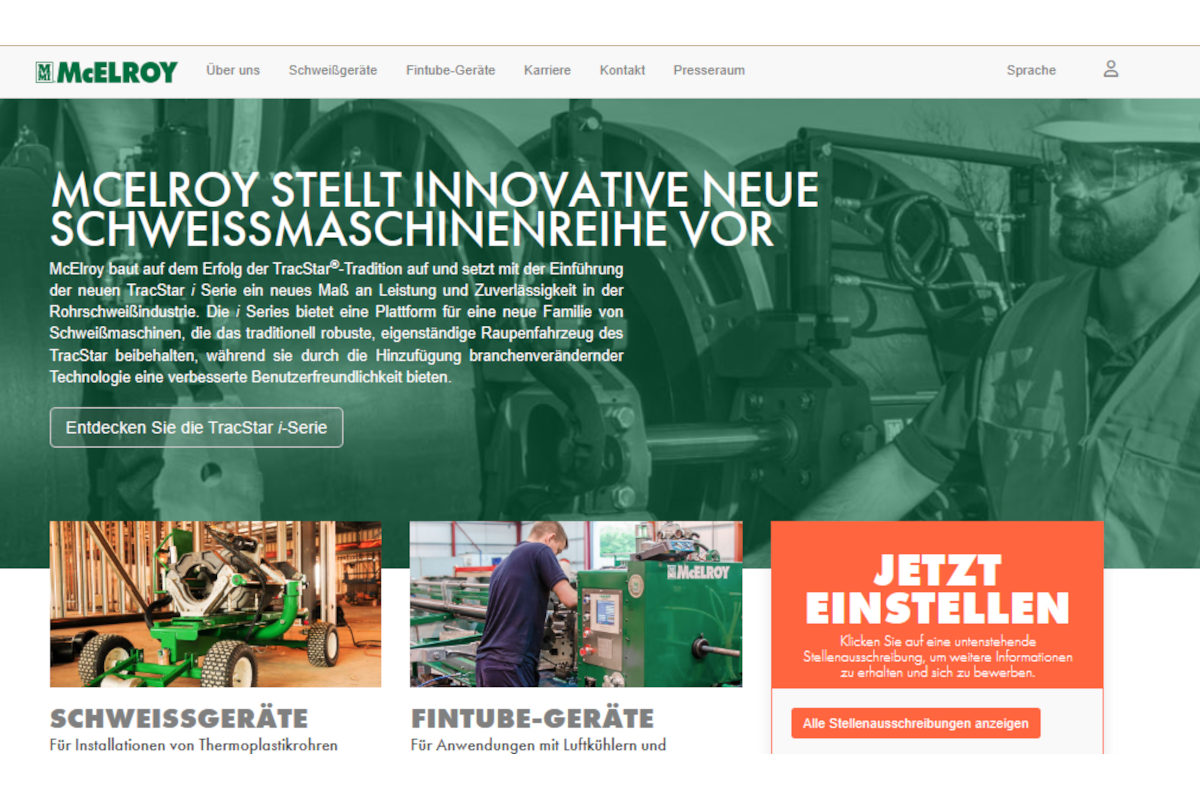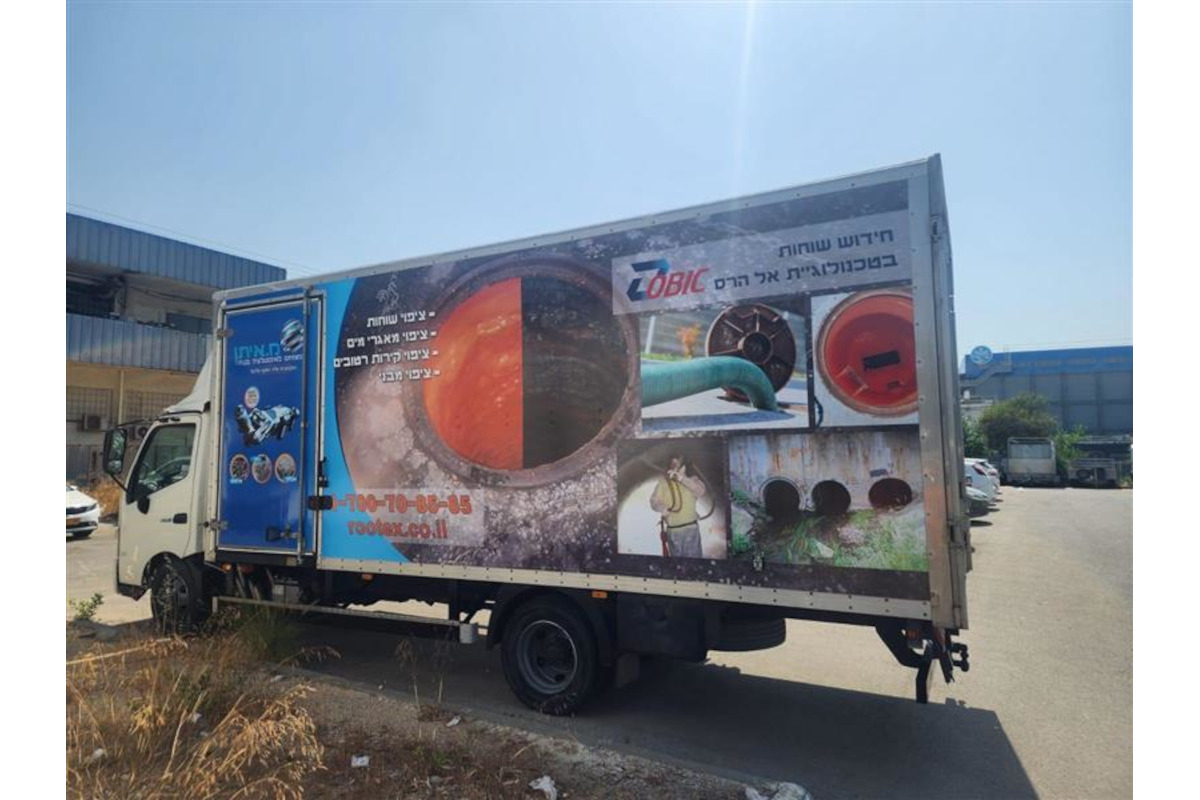The SASTT Award of Excellence for 2010: The Plumstead sewer rehabilitation, Phase 1 By Michael King, SASTT
April 27, 2011
The City of Cape Town, South Africa, introduced “cured-in-place-pipe” (CIPP) short repair liners as an innovative trenchless technology to rehabilitate some of its deteriorating trunk clay sewers. The project proved successful and sets the scene for application in similar gravity pipelines. The Plumstead sewer The 3-km trunk sewer runs from Ottery Road to the Victoria Road pump station in Plumstead, a suburb of Cape Town. The sewer comprises 375-, 450- and 525-mm diameter vitrified clay pipes. It runs through the relatively narrow residential streets at depths varying between 2 and 6 m.
In 2004, Vela VKE prepared a report based on CCTV inspections, assessing the condition of the pipes. Some serious defects were found that were generally cracks, fractures and displaced joints. Where these defects resulted in groundwater infiltration there was the threat of loss of pipe bedding and support leading to the failure of the pipe and dangerous surface collapses.
It was found that these serious defects in the clay pipes were not continuous between manholes but were of an isolated nature. The rehabilitation of these sewers was a challenge. Point repairs in open excavations would be costly and disruptive to the neighborhood and environment. On the other hand, full-length trenchless lining between manholes would have been prohibitively expensive.
In 2008 the water and sanitation directorate of the City of Cape Town embarked on the implementation of Phase 1 of this rehabilitation project. Vela VKE were able to confirm that short CIPP liners were becoming more widely used internationally and that several South African trenchless contractors had demonstrated interest in applying the technology.
Tender documents and specifications were drawn up accordingly. Jetvac South Africa proposed to use a glass fiber material with silicate resin manufactured in Europe by Trelleborg Epros and was awarded the contract.
The liner is wetted out onsite, placed inside the pipe through the use of a bladder, the bladder is inflated and the resin is cured under ambient conditions within hours.




